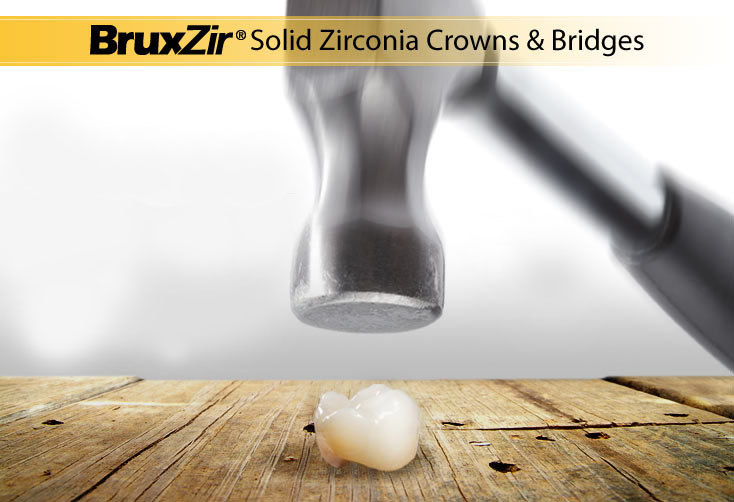A filling is a filling, right? Then why would a dentist send you home with a "temporary" filling? What makes it any different from the permanent fillings you have on your other teeth? Do you need to worry about it falling out? Read on to see how and why dentists use temporary fillings to save and protect teeth!
A temporary or sedative filling is a type of dental procedure performed on a tooth with an uncertain prognosis or as an intermediate measure before further treatment. Imagine a patient who comes in for an emergency appointment with a large, painful cavity. While definitively saving the tooth may require a few different lengthy treatments, a dentist can remove decay and provide a temporary filling that same visit. This allows a tooth to be stabilized and desensitized so the patient can continue to function until a more definitive plan can be made. Many times, it is simply too early to determine the status of the tooth's nerves or gums and thus a temporary filling acts as a good interim measure.
The most common material used in temporary fillings is a tooth colored compound called glass ionomer. This product bonds to tooth enamel, reacts well with moisture and has a natural calming effect on aggravated tooth nerves. Additionally, it enhances the effects of fluoride to provide extra defense against decay. The trade off is that glass ionomer is much weaker than permanent filling materials and does not stand up against tooth brushing, eating or chewing over time. Still, it's properties make it an ideal material to be used in temporary situations.
How long will your temporary filling last? That question is impossible to answer without knowing the condition of the remaining tooth. In general, you should always end your temporary filling appointment with a plan for a permanent solution in the future. If you would like to know more about fillings, crowns, root canals or other dental procedures, please give our office a call!

















